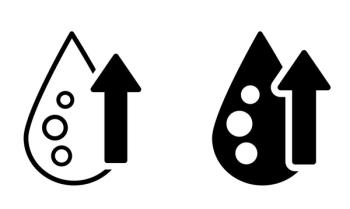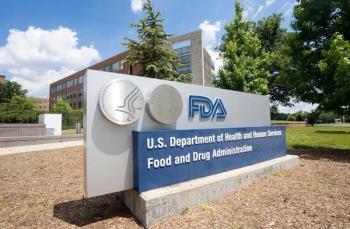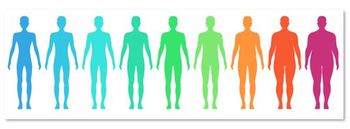
Left Main Heart Disease Runs in the Family
LUEBECK, Germany -- Left main coronary artery disease appears to be highly heritable and a better predictor of a sibling's risk than a general family history of heart disease.
LUEBECK, Germany, Oct. 4 -- Left main coronary artery disease appears to be highly heritable and a better predictor of a sibling's risk than a general family history of heart disease.
Seemingly healthy adults were about three times more likely to develop left main disease or coronary artery disease over an average of 5.3 years if a sibling had left main disease than if they had a positive family history alone, according to the findings of a large cohort study reported online in the European Heart Journal.
"The high heritability of left main disease may have important clinical implications," wrote Heribert Schunkert, M.D., of the University of Luebeck here, and colleagues.
The findings suggest that asymptomatic siblings of patients with left main disease may be a high enough risk population to justify the costs and risks of intensified screening and prevention, they said.
Previous studies have shown that myocardial infarction aggregates in families. Dr. Schunkert's group had found a similar effect with left main disease in a smaller, hypothesis-generating study of German families.
So to confirm their findings, the researchers gathered an additional group of families with at least two siblings who had had an MI or severe coronary artery disease requiring percutaneous coronary intervention (PCI) or coronary artery bypass grafting (CABG).
Altogether, the German MI family study cohort included 1,105 index patients who had had an MI before age 60, 1,447 siblings with MI or severe coronary artery disease, 1,405 asymptomatic siblings, and 247 parents.
The researchers retrospectively analyzed the 1,801 coronary angiograms available from patients in these families and found left main disease -- defined as 50% or greater narrowing of the left main coronary artery -- in 12% of the patients.
Overall, genetic inheritance accounted for 49% of the age- and sex-adjusted variation in whether an individual developed left main stenosis (P=0.002).
This "heritability" was even higher than that of coronary artery disease or MI in general, the researchers said, which suggests that "knowledge of coronary morphology may increase the ability of disease prediction."
Indeed, if one sibling in a pair was affected by left main disease the other was more than three times as likely to suffer coronary artery disease at that particular location in the coronary tree than if the first sibling was affected by coronary artery disease in general.
In a parallel prospective, nested case-control analysis, the researchers also followed 1,369 of the healthy siblings for cardiovascular outcomes. During 5.3 years of follow-up, 79 subsequently required CABG (18), had an MI (26 fatal, 55 nonfatal), or both (9).
Because of the study design, both the cases with incident MI or revascularization and the controls who did not had a positive family history for premature MI.
But, more of the cases had a sibling affected by left main disease than did controls (13.9% versus 6.4%, P=0.036).
Initially asymptomatic participants were 2.48 times more likely to develop coronary artery disease if their sibling had left main disease than if the sibling had a positive history of MI without left main disease (P=0.037).
After adjusting for diabetes, LDL cholesterol levels, systolic blood pressure, smoking, and body mass index, the risk ratio was even greater for those with a sibling with left main disease (relative risk 2.95, P=0.026).
Although it was not known what proportion of incident cases were left main disease overall, the researchers did have that information for the 27 cases who underwent CABG.
In this subset of patients, 68% had left main disease and 23% of these had siblings with left main disease, which was almost twice the 12% prevalence of left main disease in the study overall.
The researchers cautioned about "the limitations of revealing heritability estimates in general" and the need for further confirmation of the findings.
"Further studies might address the question whether left main disease is also detectable with elevated frequencies in asymptomatic relatives of patients known to be affected by this condition in order to utilize this information for primary prevention in selected families," they concluded.
Dr. Fischer was supported by the Deutsche Akademie fr Naturforscher Leopoldina carried by allowances of the Bundesministerium fr Bildung und Forschung. The researchers declared no conflicts of interest.
Newsletter
Enhance your clinical practice with the Patient Care newsletter, offering the latest evidence-based guidelines, diagnostic insights, and treatment strategies for primary care physicians.

























































































































































































































































































